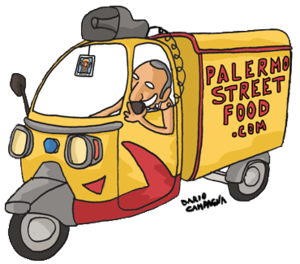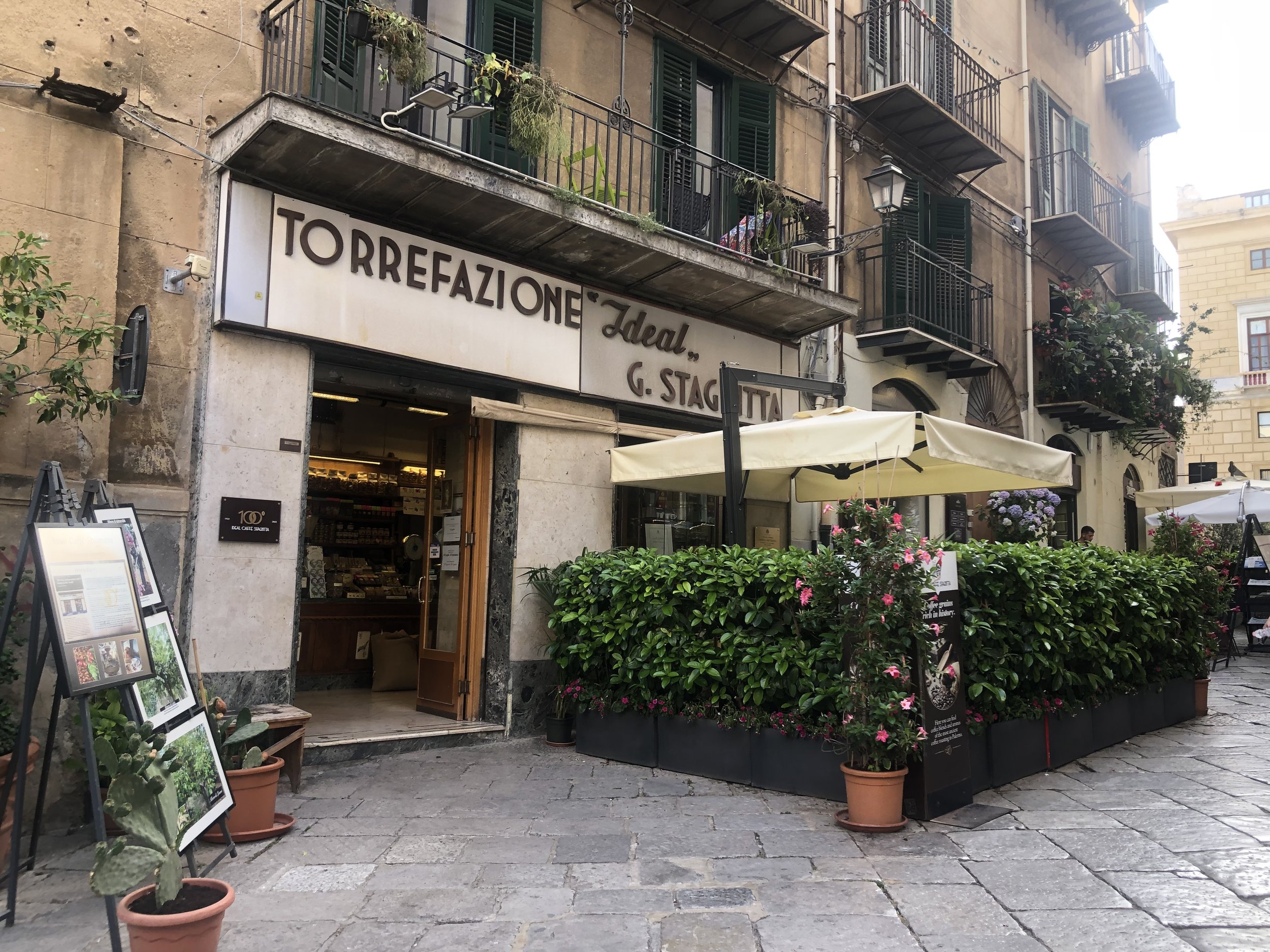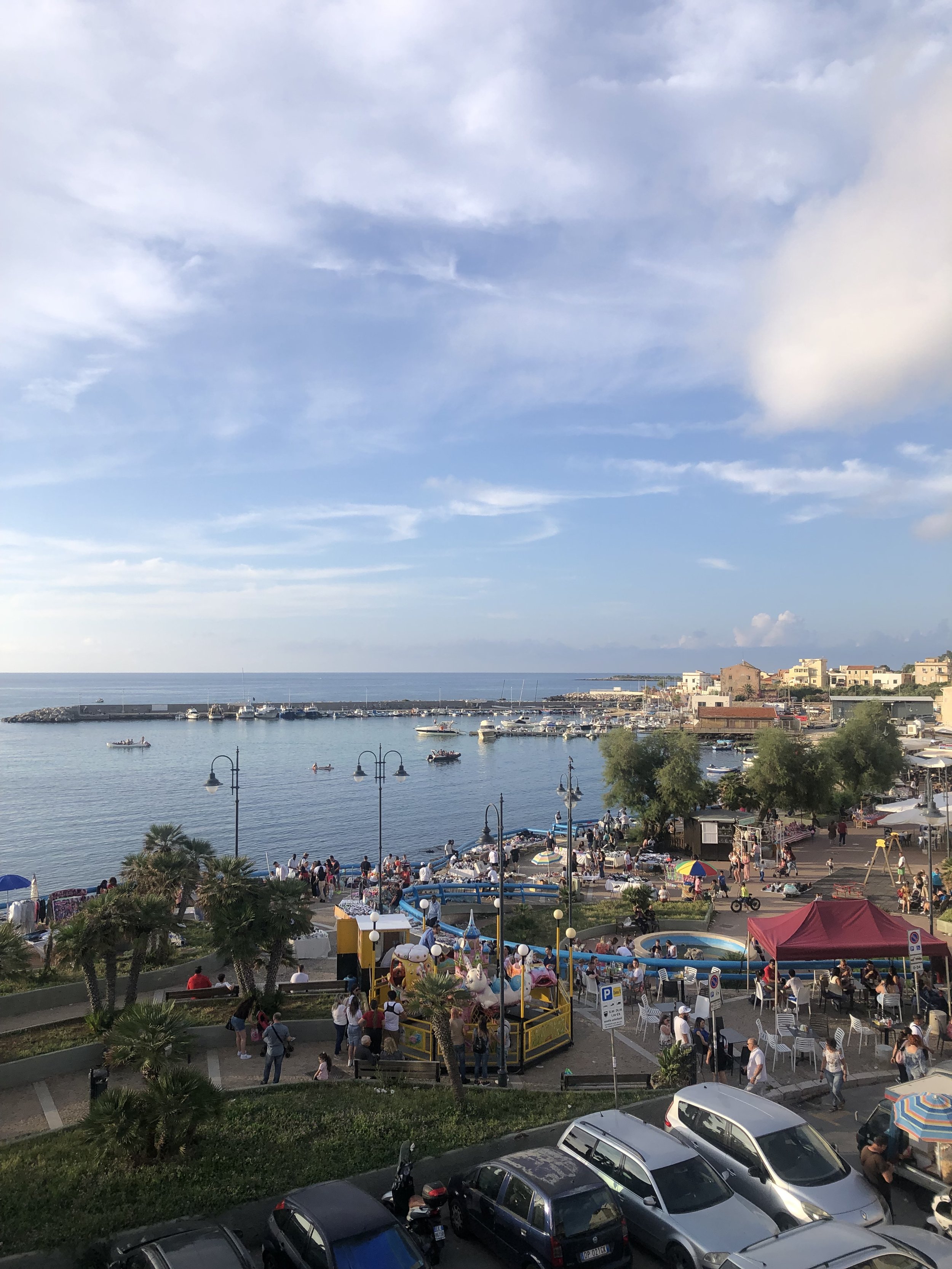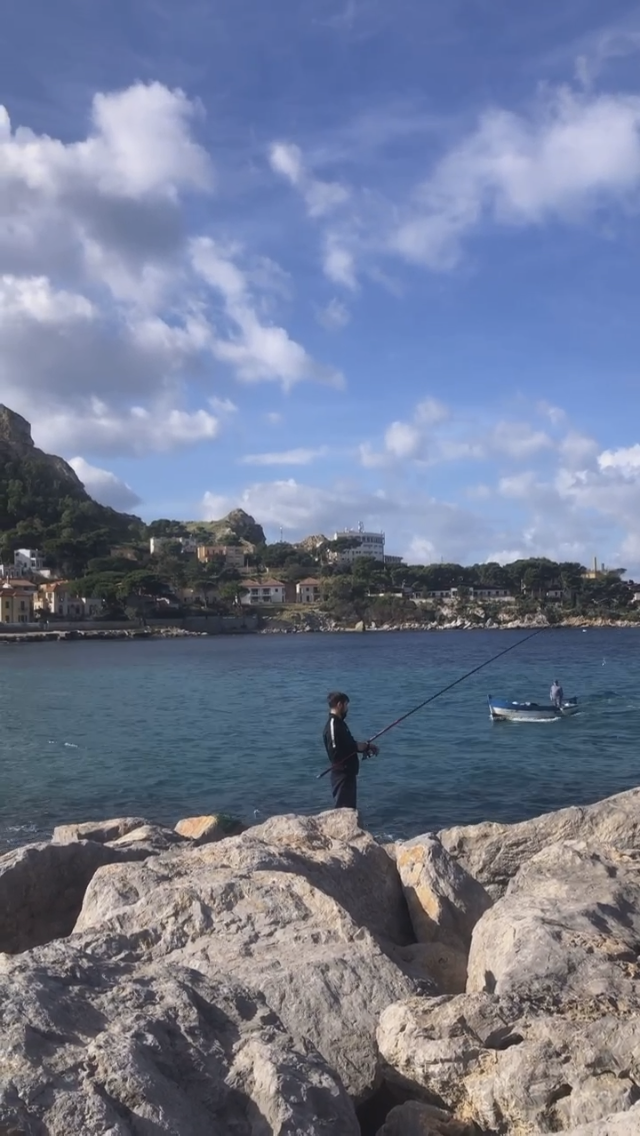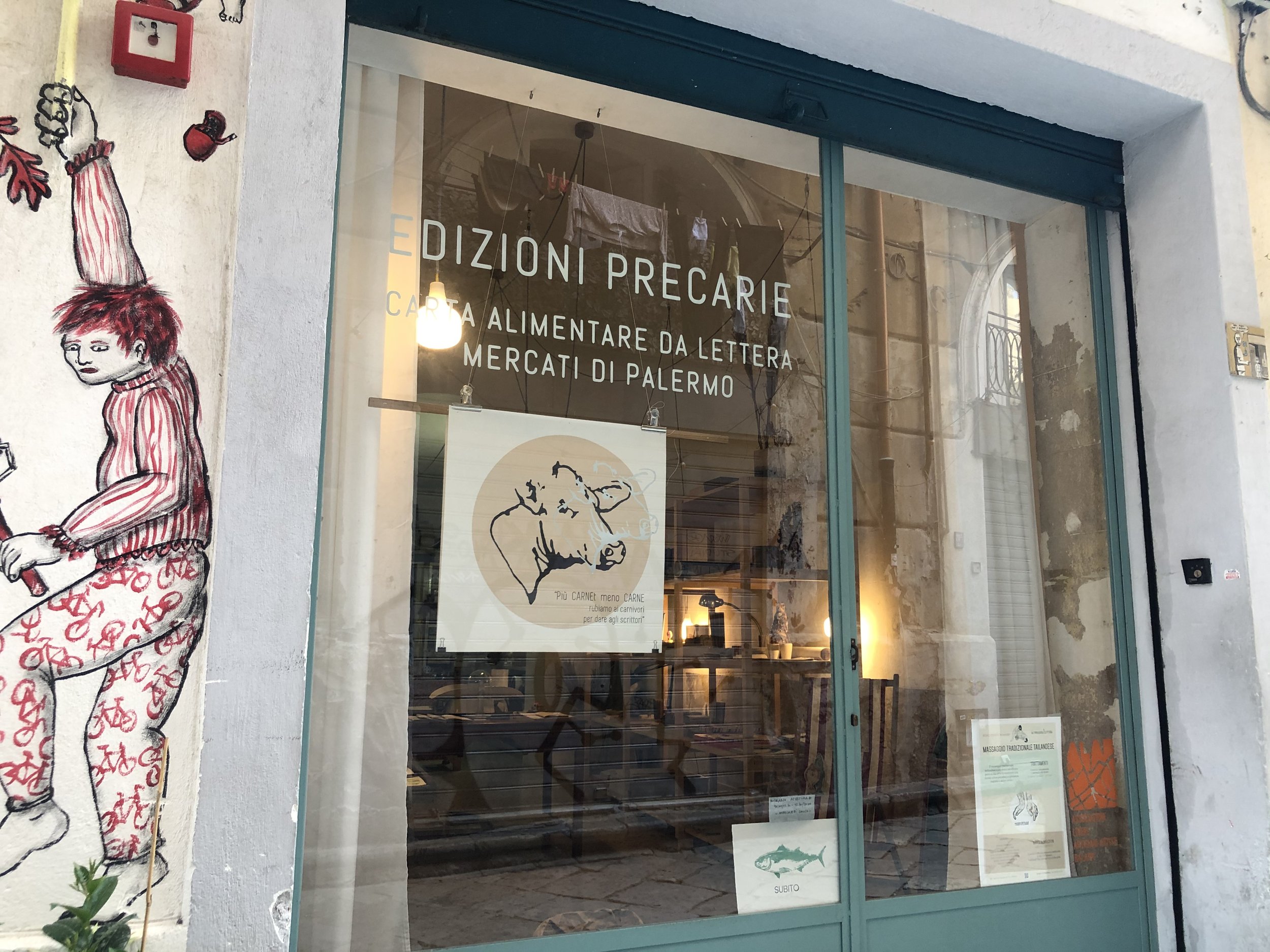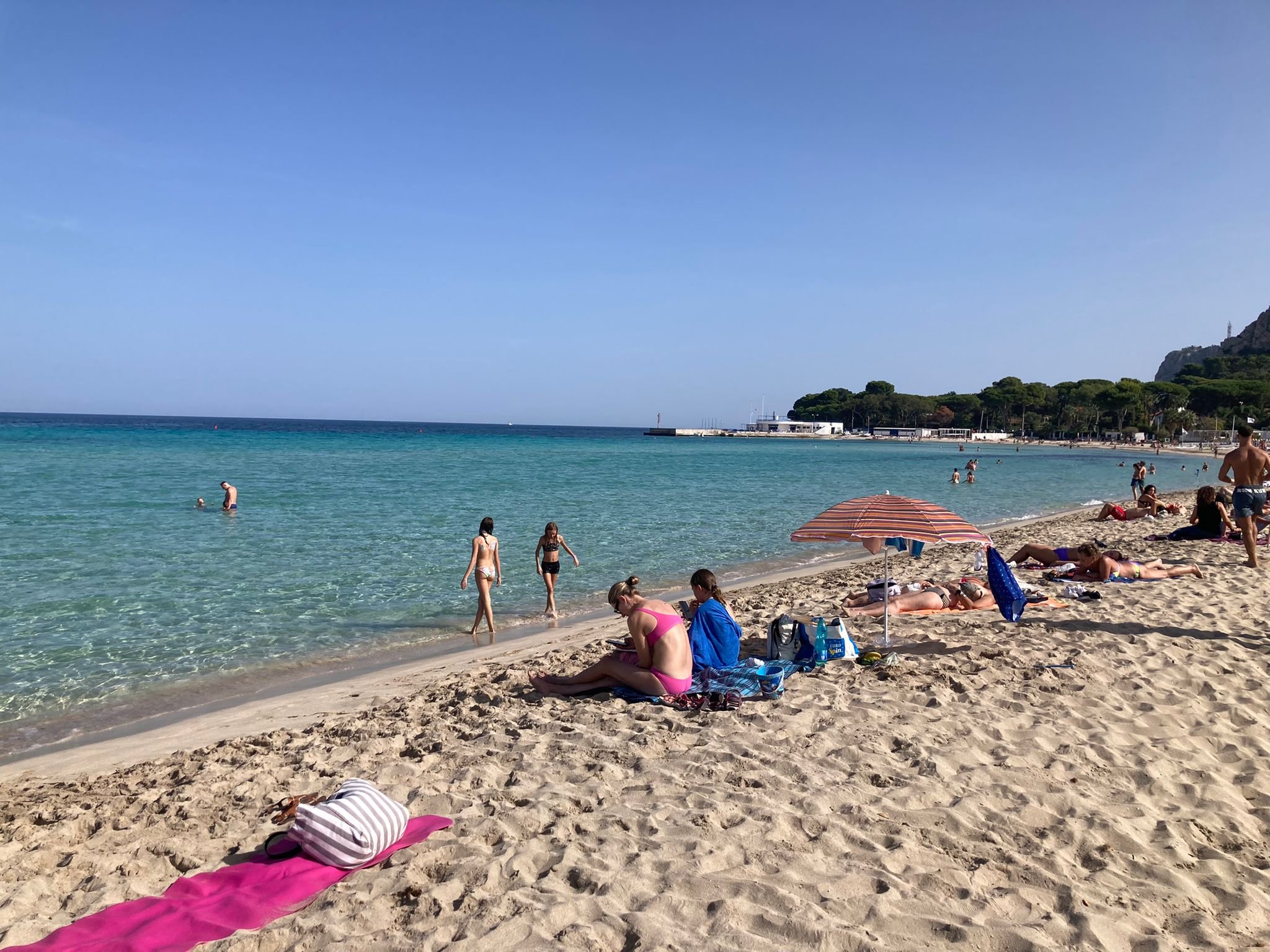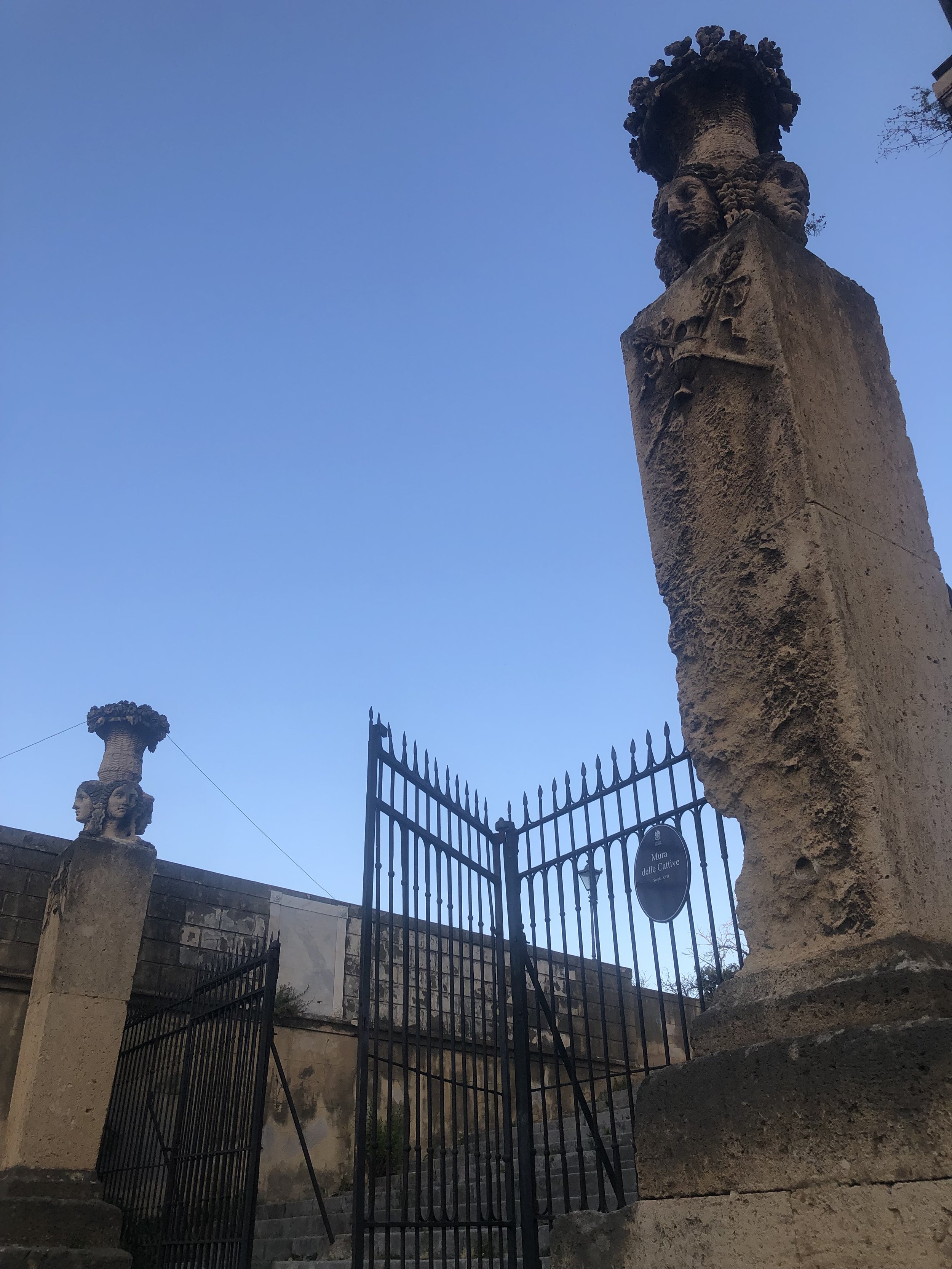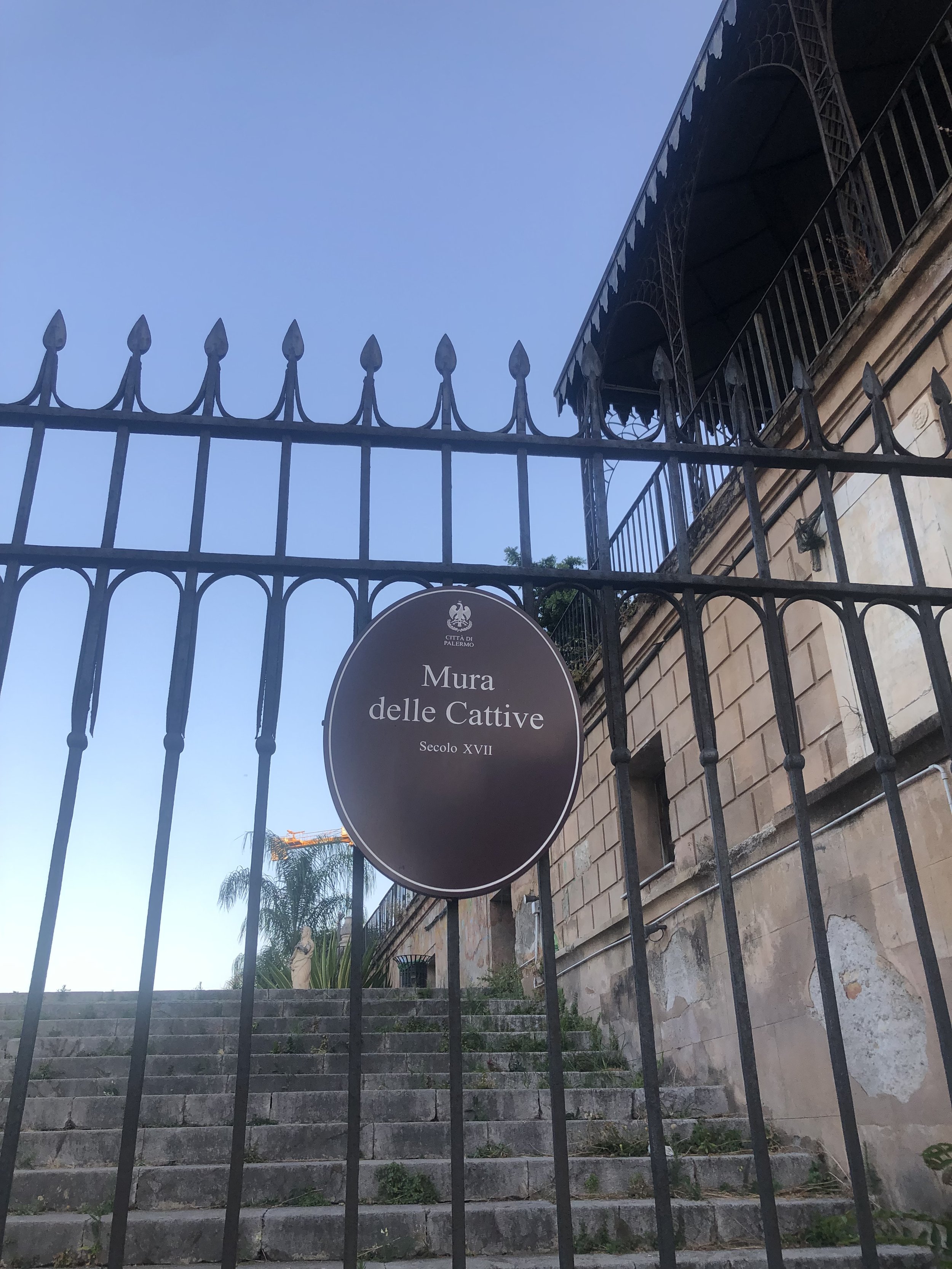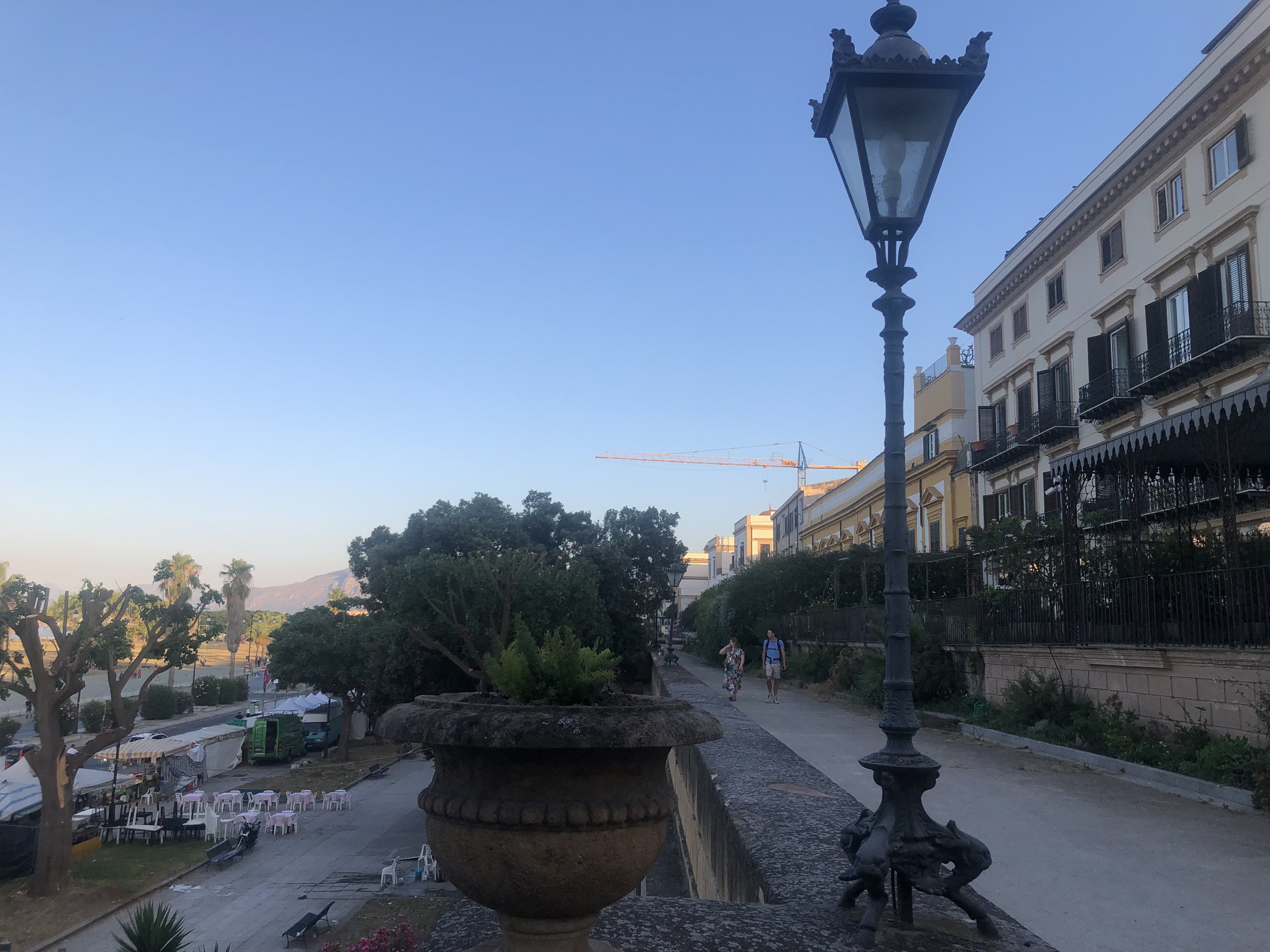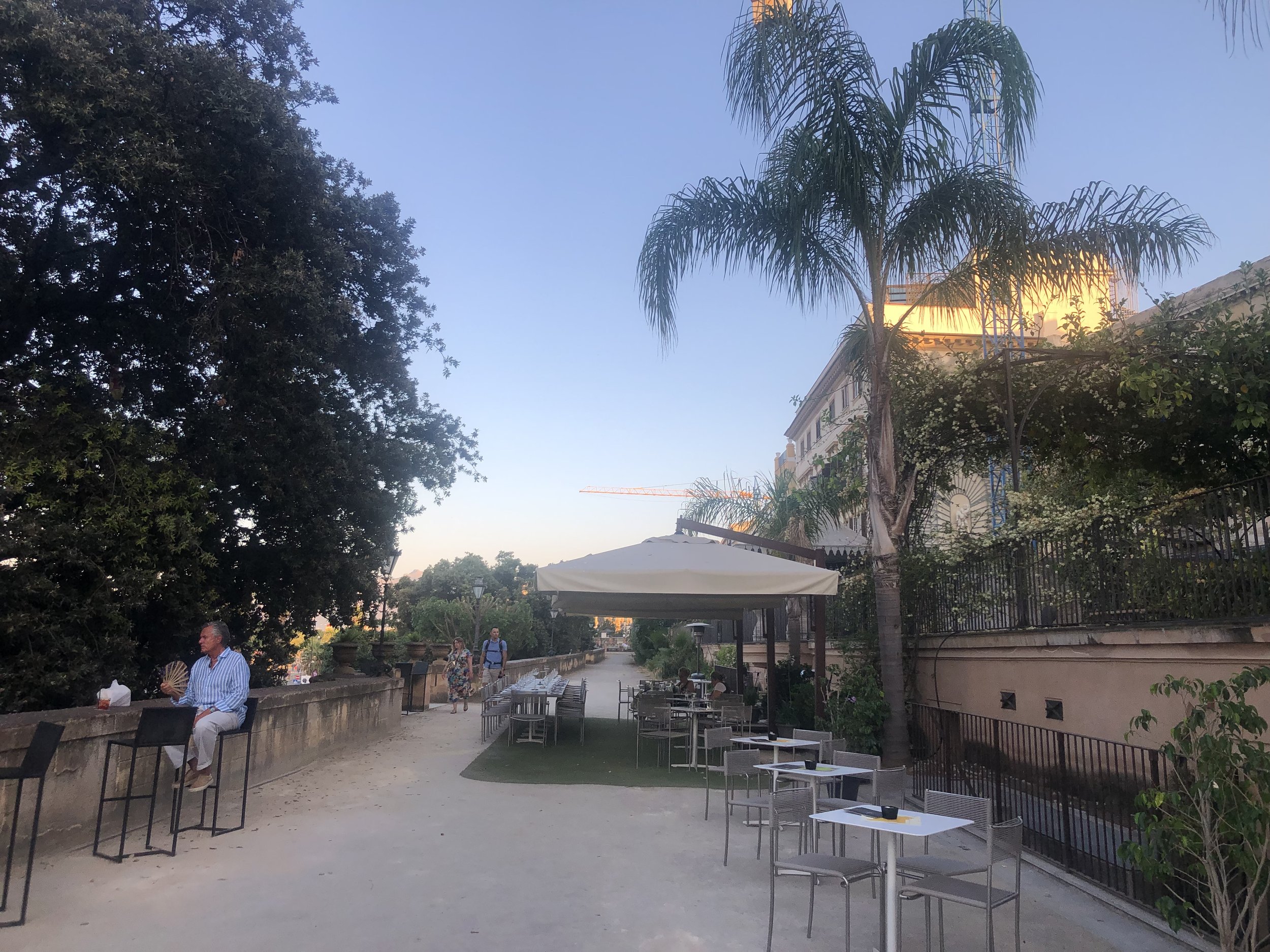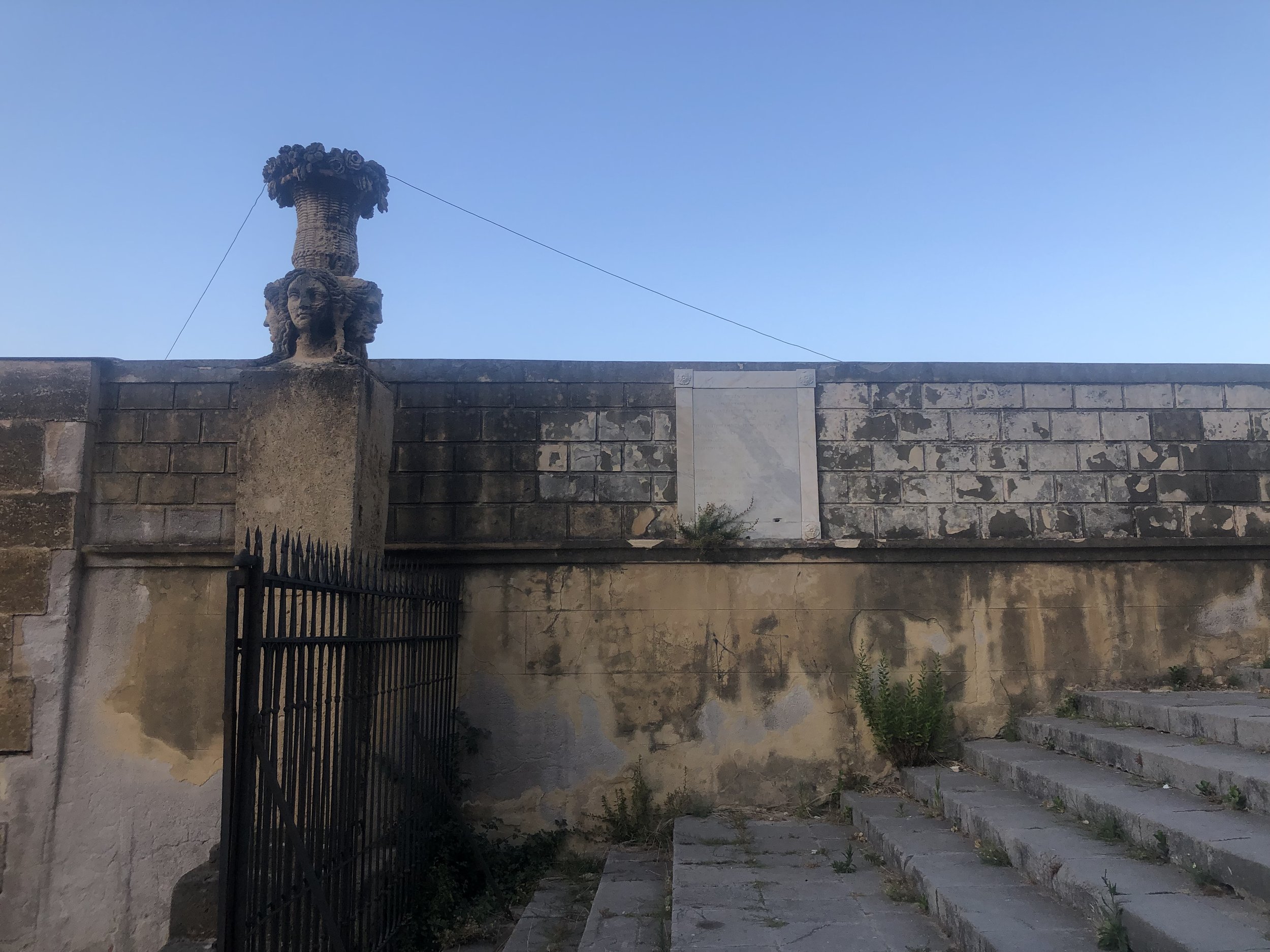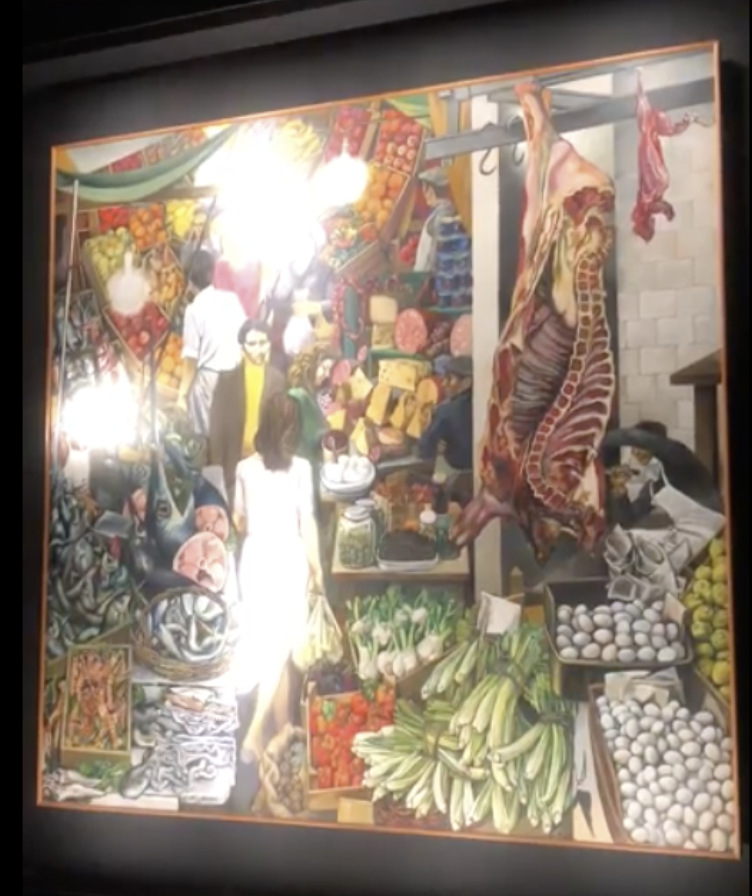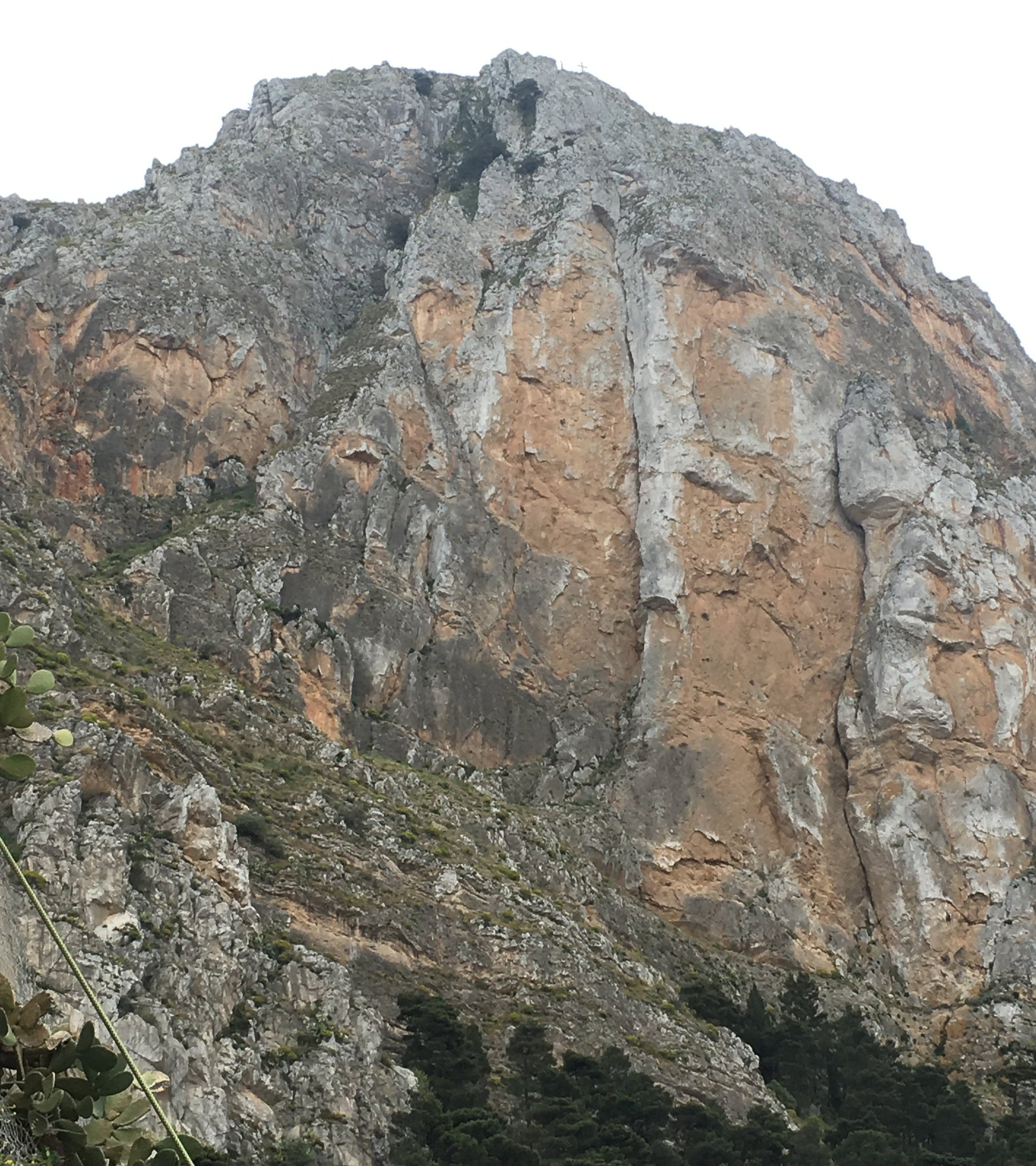It seems that Palermo is a city that needs a lot of protection.
As we have told you on another occasion, before Saint Rosalia, Palermo had no more and no less than four protector Saints, Saint Oliva, Saint Ninfa, Saint Agatha and Saint Cristina, represented in the Quattro Canti. Then, Saint Rosalia saved Palermo from the plague and became the only Saint and Patron of the city.
"Only" religiously speaking, because the city has another lay protector, this time male and much older than Santa Rosalia.
He is the Genius of Palermo.
If you've passed by piazza Rivoluzione you've probably seen him. It's the statue above the fountain in the middle of the square.
The Genius of Palermo is depicted as a bearded man, with a crown on his head and with another rather peculiar element: a snake that seems to be feeding from his chest and, sometimes, with a dog lying at his feet.
But who is this Genius? It is difficult to know exactly as his figure is shrouded in myth. It is believed to have pre-Roman origins and its original function was to serve as protection of places.
The most shared meaning is that the Genius is the representation of the city, the "genius loci", the protective spirit of a place.
The one in piazza Rivoluzione is just one of the "Geniuses" that you can find walking around Palermo, but there are many more. It is said that, if you look hard enough, there are as many as 16 geniuses hidden around Palermo.
At least five are well visible, some in the open, like the one you can find in Villa Giulia, in the Botanical Garden (Orto Botanico), or near the Vucciria, called Genio del Garraffo, known popularly as Palermo the great (Palermu lu grandi, in Sicliano).
Genius Orto Botanico
And, yes, of course, if there is a “great” one, it means that there is another one called “the small”, which is in... Maybe it's time to discover it for yourself and go out tracing through streets, buildings, fountains, as if it were a "treasure hunt".
But we will share a secret with you.
To help you, the Regione Sicilia has created an App with which you can follow his trail and that you can download here: Itinerary of the Genius of Palermo.
